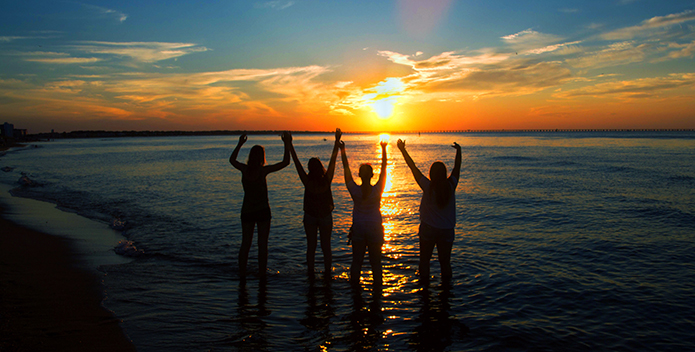Every year, advocates show up to remind decisionmakers that clean water, a healthy environment, and happy, healthy communities matter and deserve protection. This year, thousands of advocates from across the watershed took more than 26,000 actions for clean water at the local, state, and federal levels. While there were both wins and losses throughout the year, we’re wrapping up 2024 (and getting prepared for a tumultuous 2025) by highlighting some of the major wins that were accomplished thanks to you, our dedicated clean water advocates.
1. Held Polluters Responsible in Court
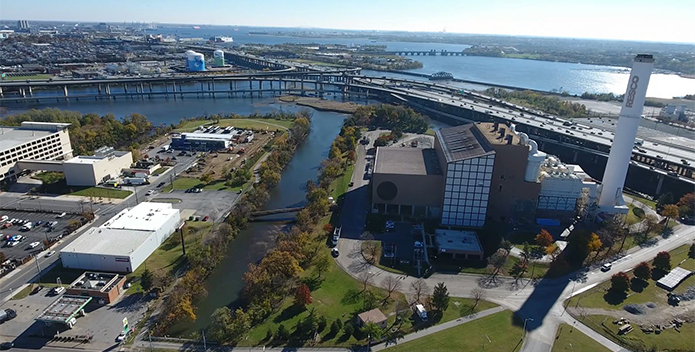
Air pollution from Baltimore's Wheelabrator trash incinerator causes $55 million annually in health problems.
Rob Beach/CBF Staff
Litigation is used to not only protect and enforce our current environmental laws but to bring about environmentally friendly change within our legal system to ensure the health of our lands, waters, and communities. CBF attorneys argue cases in the federal and state courts within the watershed and file amicus curiae—also called Friend of the Court—briefs in related environmental lawsuits.
Over the course of this year, CBF’s legal team has much to celebrate in the following clean water wins they helped secure alongside our advocates:
- Maryland’s Harford County reached a settlement that will rescind the approvals for Abingdon Business Park and require developers to reforest parts of the property.
- The Environmental Protection Agency decided to accept review of the recent Title VI Civil Rights Complaint we filed on behalf of South Baltimore residents enduring pollution from Maryland’s largest trash incinerator.
- A judge in Floyd County stated that Virginia unlawfully withdrew from the Regional Greenhouse Gas Initiative, a multi-state carbon emission reduction program that’s critical to providing much-needed funding for energy efficiency and resilience programs in the Commonwealth.
- The Circuit Court for Dorchester County ruled that the Maryland Department of the Environment must revise its newly issued, yet harmfully inadequate, wastewater discharge permit for Valley Proteins’ animal waste rendering plant in Linkwood on Maryland’s Eastern Shore.
2. Secured Wins for Farmers and Native Plants in Pennsylvania
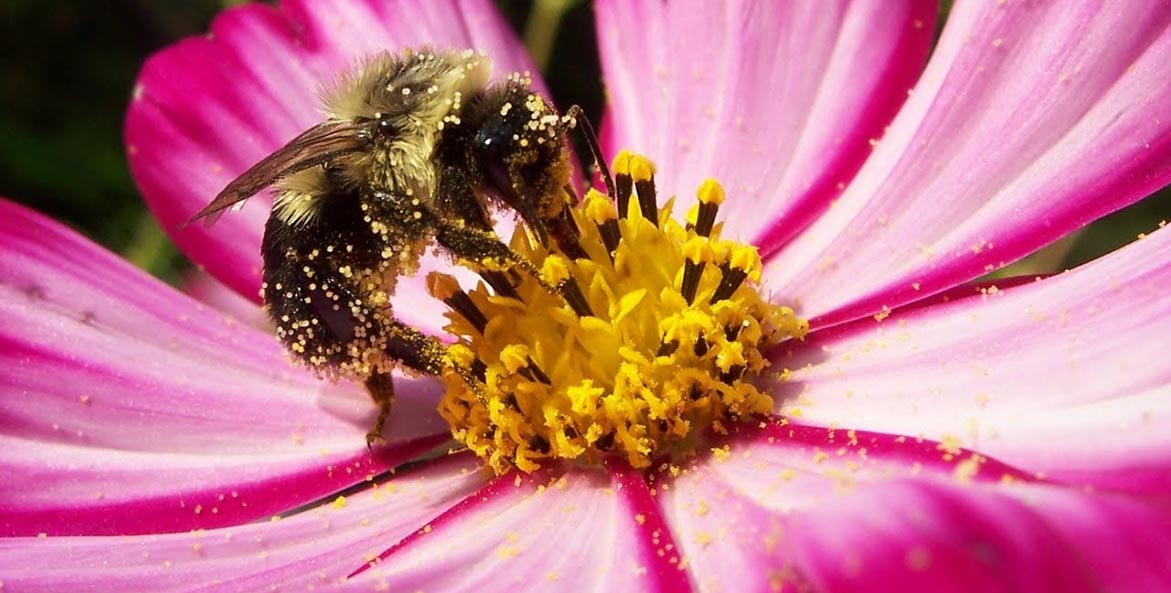
The benefits of native plants cannot be overstated. They support sensitive and critical pollinators like bees and butterflies, soak up polluted stormwater runoff, and help beautify our roadsides to name just a few. And they tend to be hardier and require less maintenance, which is why CBF and our clean water advocates in Pennsylvania successfully advocated for passage of House Bill 797.
The legislation, introduced by Representative Brett Miller (R-Lancaster), requires PennDOT to develop a list of native vegetation species that can be used in roadside work throughout the state. The use of specific species in a given area will be based on the recommendations of the state Department of Agriculture’s Controlled Plant and Noxious Weed Committee. Governor Shapiro signed the bill into law in July.
With more than 41,600 miles of state-maintained roads, native plants are a commonsense addition to ensure beautiful travel across the state and a happy environment. Pennsylvanians can look forward to more trips with roadsides bursting with flowers that support birds and bees while protecting rivers and streams.
In a second major win for the Commonwealth, $50 million in new annual funding for the Clean Streams Fund, which extends the Agriculture Conservation Assistance Program (ACAP), was included in Pennsylvania’s General Fund budget for fiscal year 2024-25. Hundreds of clean water advocates from across the state spoke up repeatedly about the importance of ACAP and legislators listened. The funding extension in the new budget is a watershed moment like no other for Pennsylvania.
3. Closed the Loophole on Industrial Sludge in Maryland
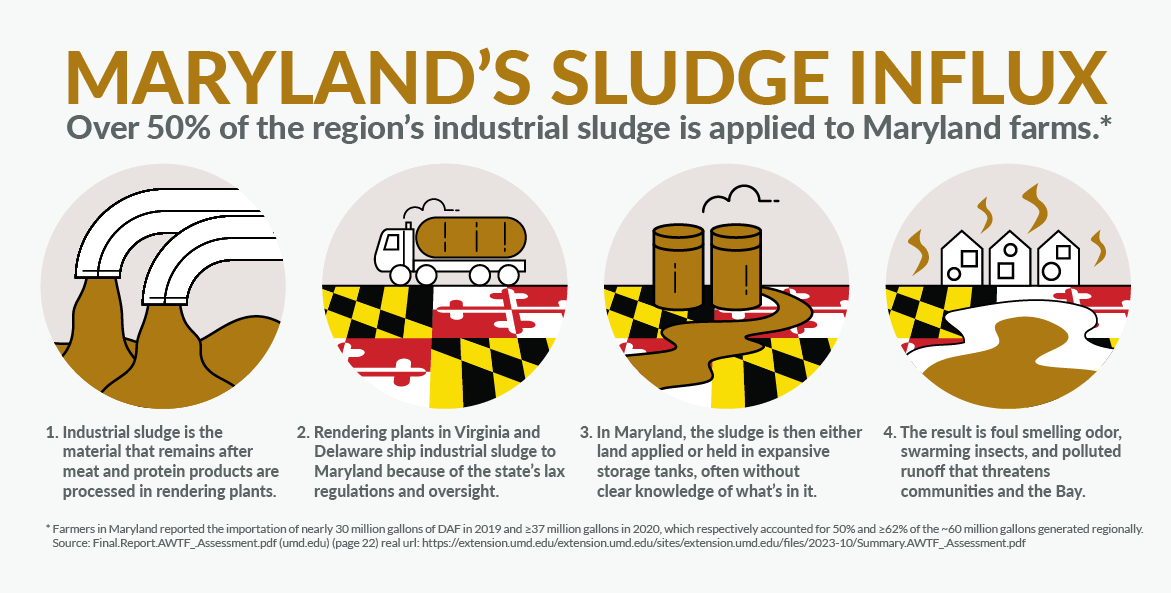
Maryland has become a regional dumping ground for the industrial waste created by facilities that process and render poultry, seafood, and livestock. People living nearby are suffering from the horrible stench. While concerns are growing over the safety and environmental impacts of this foul sludge, no comprehensive public databases track it.
During the 2024 state legislative session, CBF and clean water advocates in Maryland supported passage of House Bill 991 and Senate Bill 1074. The bills, which were signed into law by Governor Moore in April, close a loophole in state oversight and keep Maryland on-par with neighboring states. These tools will help ensure industrial sludge is only used safely and effectively in Maryland, limiting odors and health concerns, as well as preventing nutrients from entering local waterways and the Bay.
The ripple effect of this bill’s passage is already being felt in the state. This fall, the Caroline County Commission unanimously passed new legislation that will strengthen local oversight of storage of food processing residuals, also known as industrial sludge or dissolved air flotation (DAF) material. Misuse and misapplication of food processing residuals are a major threat to Maryland’s environment and health. Caroline’s county-level action, combined with state legislation, will provide residents with strong protections against misuse of this material, and will ultimately help prevent Maryland farms from being a dumping ground for sludge.
4. Banned Toxic Pavement Sealants in Virginia
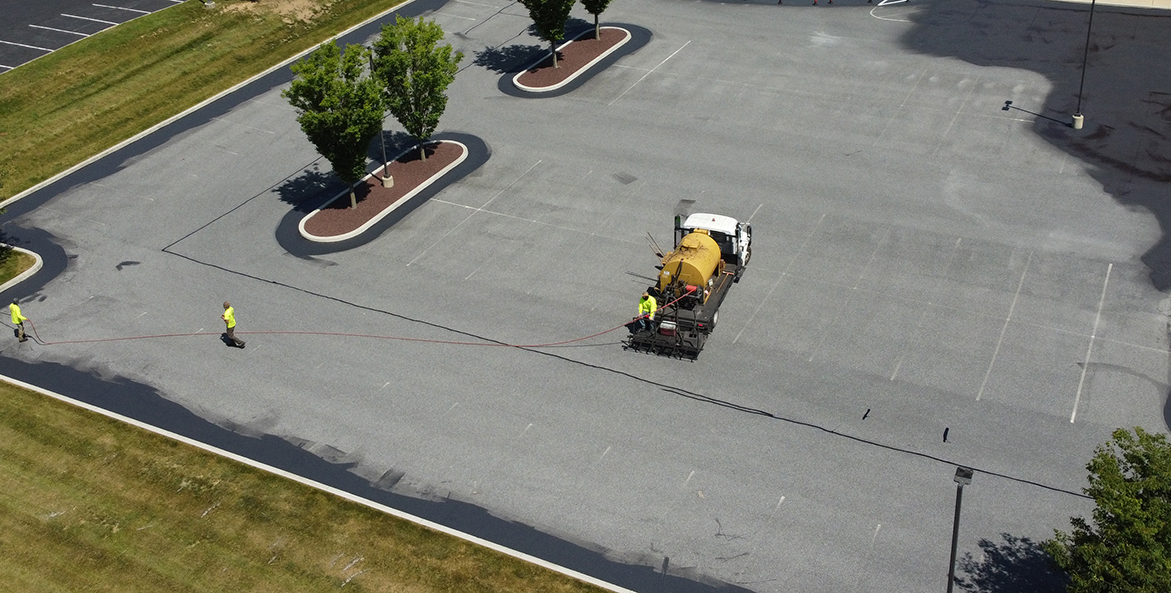
BJ Small/CBF Staff
For the first time since being introduced three years ago, a bill that bans toxic pavement sealants was passed by Virginia’s General Assembly. House Bill 985, patroned by Delegate Kathy Tran (D-Fairfax), prohibits any pavement sealant with a PAH concentration greater than one percent by weight.
Applied both commercially and privately, the sealant is a black liquid marketed as a pavement protector. These products contain high levels of polycyclic aromatic hydrocarbons (PAHs), which are toxic and carcinogenic chemicals that can harm people, birds, amphibians, fish, mammals, and plants. The bill prohibits any pavement sealant with a PAH concentration greater than one percent by weight.
A USGS fact sheet shows that the excess cancer risk for people living adjacent to pavement treated with toxic sealants is significantly higher than for those living near unsealed pavement. There are also detrimental impacts to the environment.
Most highway departments and road agencies, including the Virginia Department of Transportation, have not used toxic pavement sealants on asphalt pavement for many years. Virginia’s neighbors, Maryland and Washington D.C., have both instituted bans.
Prohibitions on the use of toxic sealants have shown to be effective, with some places showing a 50 percent decline in toxins in waterways after only a few years.
5. Protected Funding for Clean Water Programs in Congress
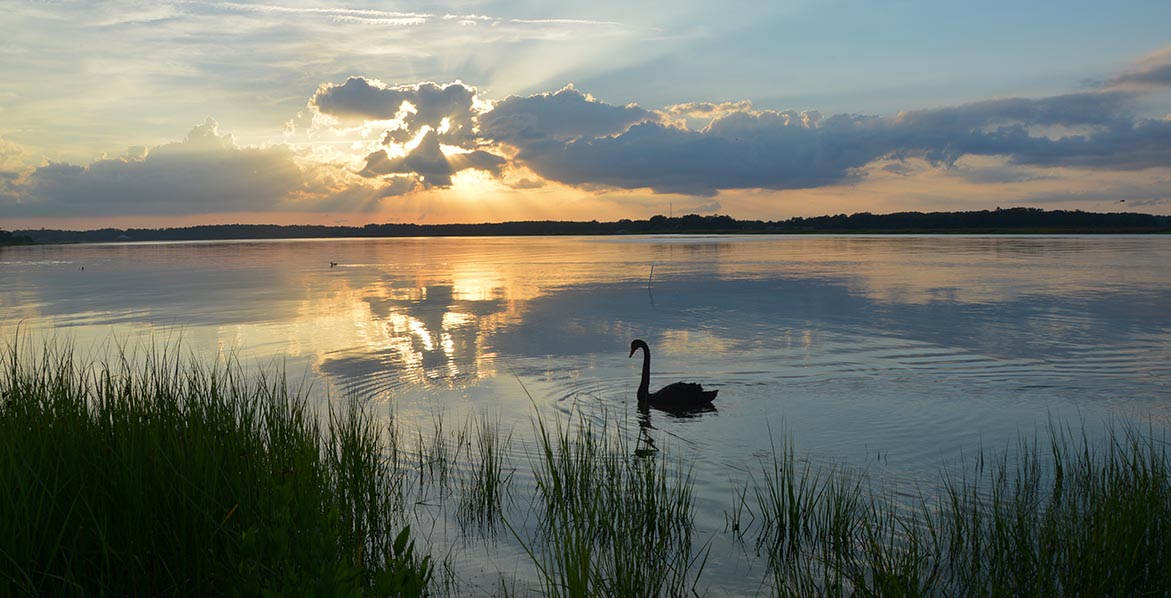
Dianna Keen
Important programs that fund Bay restoration and recovery work were spared from budget cuts in the fiscal year 2024 appropriations deal the U.S. House of Representatives passed this spring. These programs include:
- EPA’s Chesapeake Bay Program, which coordinates the federal-state partnership to clean up the Bay and its waterways, would continue to be funded at $92 million through the end of fiscal 2024. About two-thirds of the Program’s annual budget funds grants for local cleanup projects in the six Bay states and the District of Columbia.
- The Chesapeake Watershed Investments for Landscape Defense (WILD) grant program would have its current funded level of $8 million extended through the rest of fiscal 2024. Administered by the Fish and Wildlife Service, this competitive grant program supports community-led initiatives to restore and conserve fish and wildlife habitat across the Bay’s 64,000 square-mile watershed.
- Army Corps of Engineers funding for large-scale oyster recovery efforts in Maryland and Virginia was kept at $6.45 million. Both states are on track to finish projects restoring native oyster populations in 11 Bay tributaries (five in Maryland and six in Virginia) by the 2025 deadline set in the 2014 Chesapeake Bay Watershed Agreement.
CBF was glad to see important programs that improve water quality, protect wildlife habitat, and support oyster restoration in the Bay and its tributaries spared from detrimental funding cuts.
Additionally, we’re thankful to the more than 2,000 clean water advocates who took swift action to stop an amendment to the House Interior, Environment fiscal year 2025 appropriations bill that would have prohibited EPA from using funds to hold any of the six watershed states or the District of Columbia accountable for not meeting their pollution-reduction requirements. The Bay states are entering a new phase of the cleanup effort and reliable funding and support from federal partners is needed to tackle the challenges to come.
Looking Ahead to 2025
Legislative sessions in Maryland, Pennsylvania, and Virginia are just around the corner, as well as the start of the 119th Congress, and we will need our clean water advocates with us every step of the way. Want to get involved? Sign up for our Action Network and check out our advocacy tools and resources for more information on how you can advocate for clean water every day.
Want to go one step further? Our efforts to vigilantly serve as watchdog for our waters and hold polluters accountable are essential to saving the Bay. They’re also expensive. If you can, please consider a special, tax-deductible donation today to support our work to restore and protect our Bay now and for generations to come.

